RESEARCH









August 2006
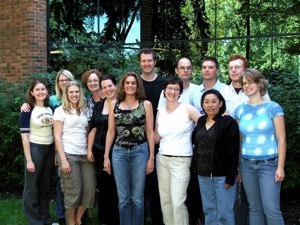








August 2011
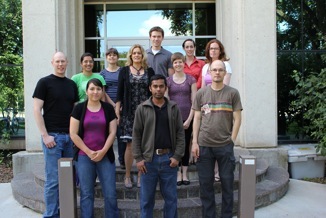








CArbon sequestration in BOREAL FOREST soils
On a global basis, about 2000 Gigatons (1012kg) of carbon is contained in soil organic matter, which is more than twice the amount of carbon in the atmosphere and terrestrial biomass combined. Carbon stocks in boreal forest soils alone are estimated at 470 Gigatons.
Organic matter accumulation in soils reflects the influence of environmental soil forming factors, including climate, vegetation, parent material, and relief. The research we do in this area is testing the overarching hypothesis that carbon sequestration in boreal Canadian forest soils is controlled by interactions between vegetation composition and climatic conditions.
Specific projects have quantified carbon accumulation along climosequences, the influence of stand type and disturbance (harvesting, fire) on forest floor chemistry in the boreal mixedwood, and the relationships between carbon fluxes and the soil microbial community.
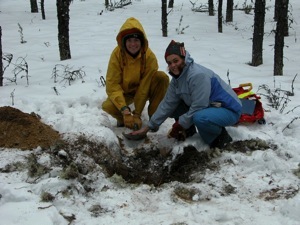








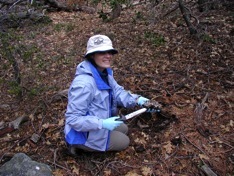








EARLY STAGES OF SOIL DEVELOPMENT
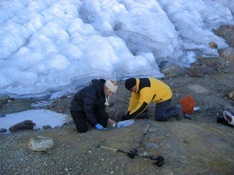








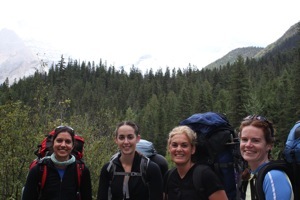

















My interest in early pedogenesis started during my postdoc in southern California when I had the fantastic opportunity to work at the San Dimas lysimeter installation (a 50-year old true biosequence), quantifying the influence of vegetation on soil organic matter composition.
Since then, I have investigated early microbial processes and carbon accretion in various environments, including a mudflow chronosequence, the Itza volcano in Mexico, and glacial retreat areas in the Canadian Rockies.
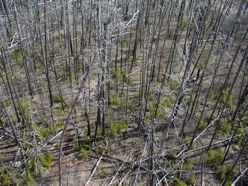








RESTORING FUNCTIONS in RECONSTRUCTED SOILS
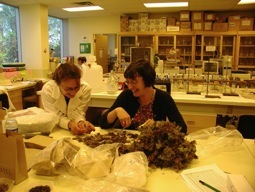

















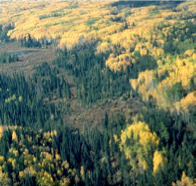








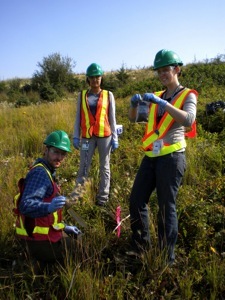








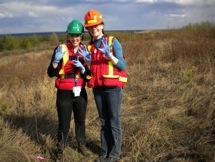








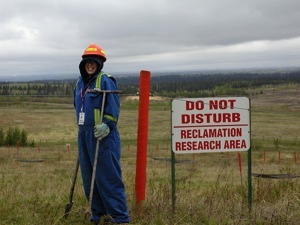








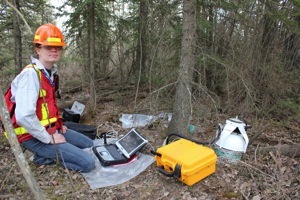








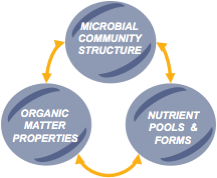








The extent of disturbed land from surface mining in the Athabasca Oil Sands region reached 600 km2 in 2009. Following mining, entire landscapes are reconstructed and soil-like profiles are built using salvaged soil materials and mining by-products.
Restoring functions of reconstructed soils is at the basis of successful reclamation. In particular, the re-establishement of biogeochemical cycling between plants and reconstructed soils is a central component of site productivity through its regulation on overall nutrient patterns.
While vegetation growing on recently reclaimed soils relies on the applied organic amendement for its nutrient needs, over time these should be replaced by in situ inputs through litterfall and the build-up of a forest floor layer. This project, which represents a collaborative effort between several oil sands operators and Canadian Universities, characterizes forest floor development and associated biogeochemical processes in chronosequences of reclaimed ecosystems. These are compared to the forest floor characteristics developing in recently burned ecosystems, another disturbance common in northern Alberta.
